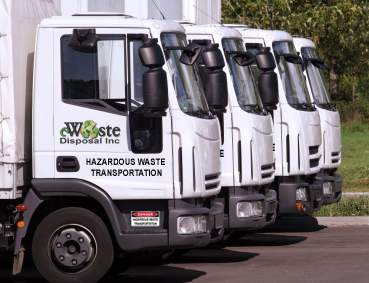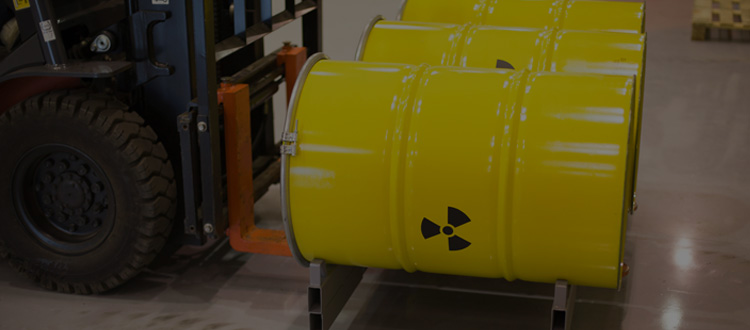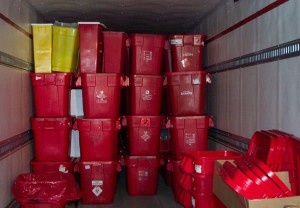- Home
- Services
- Waste Management Services
- Hazardous Waste Disposal Service
- Mass Containment Soil Mitigation
- Bio Waste Medical Services
- Commercial Hood Cleaning Service
- Electric Vehicle Lithium-ion Battery Recycling
- Treated Wood Waste Disposal
- Certified Product Waste Destruction Services
- Liquid Waste Removal
- Wastewater Disposal & Treatment
- Underground Tanks
- Asbestos Waste & Disposal Service
- Transite Pipe Removal
- Airbag Disposal
- Fluorescent Tube Pricing & Pickup
- Proper & Legal Disposals Of Nicotine Oils
- Shooting Range
- K12/Higher Education
- Paint Drop Off Locations
- Hazardous Waste
- Bio Waste
- Forms & Downloads
- Pickup Request
- EWD industrial Waste agreement 2020
- Waste Product Questionnaire Profile
- Generator’s Waste Profile Worksheet
- New Account Form
- Product Destruction Profile Worksheet
- Certificate of Destruction
- Office of Small Business & DVBE Services Cert
- Bio-Hazardous Waste Quote
- Non-Hazardous Profile Form
- Conditional Waiver & Release Form
- Lab Pack-Drum Inventory
- Credit Application
- Online Pre-Qualification Questionnaire
- Electric Vehicles Battery Pickup Request Form
- Request For Asbestos Disposal
- RULE 1166 Site Specific Mitigation Plan
- Rule 1166 Various Location Plan
- Fluorescent Tube Disposal Price List
- Medical Waste Tracking
- Bio Waste Transporter
- Business Certification Metropolitan Water District
- Facts
- Compliance


 For instance, packaging for materials in Group I must achieve more demanding test results. The transporters are subject to both DOT and USEPA enforcement of the regulations. Consequently, the DOT and USEPA coordinate their efforts, especially at the regional level, to obtain compliance with both the RCRA and HMTA regulations. Enforcement also depends on the mode of transportation. It is divided among the Federal Highway Administration, Federal Aviation Administration, Federal Railroad Administration, and the Coast Guard.
For instance, packaging for materials in Group I must achieve more demanding test results. The transporters are subject to both DOT and USEPA enforcement of the regulations. Consequently, the DOT and USEPA coordinate their efforts, especially at the regional level, to obtain compliance with both the RCRA and HMTA regulations. Enforcement also depends on the mode of transportation. It is divided among the Federal Highway Administration, Federal Aviation Administration, Federal Railroad Administration, and the Coast Guard.
 Transporters of hazardous wastes must also adhere to all of the Federal Motor Carrier Safety Regulations which DOT has adopted under the Motor Carrier Safety Act of 1984. The Act was passed for the purpose of promoting the safe operation of commercial vehicles and protecting the safety of the drivers of those vehicles. It was also implemented to reaffirm the scope of DOT’s authority to regulate safety in this area.
Transporters of hazardous wastes must also adhere to all of the Federal Motor Carrier Safety Regulations which DOT has adopted under the Motor Carrier Safety Act of 1984. The Act was passed for the purpose of promoting the safe operation of commercial vehicles and protecting the safety of the drivers of those vehicles. It was also implemented to reaffirm the scope of DOT’s authority to regulate safety in this area.